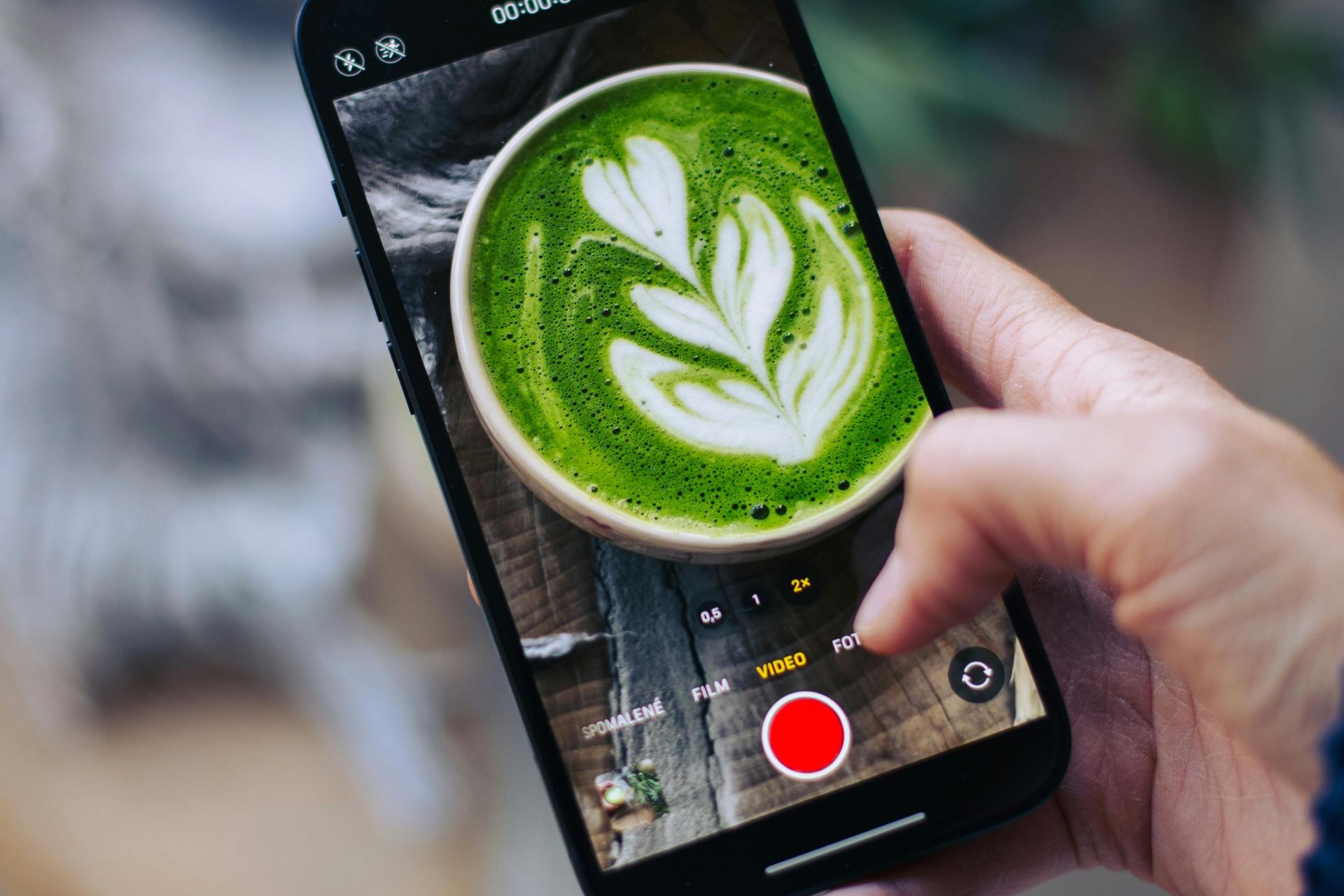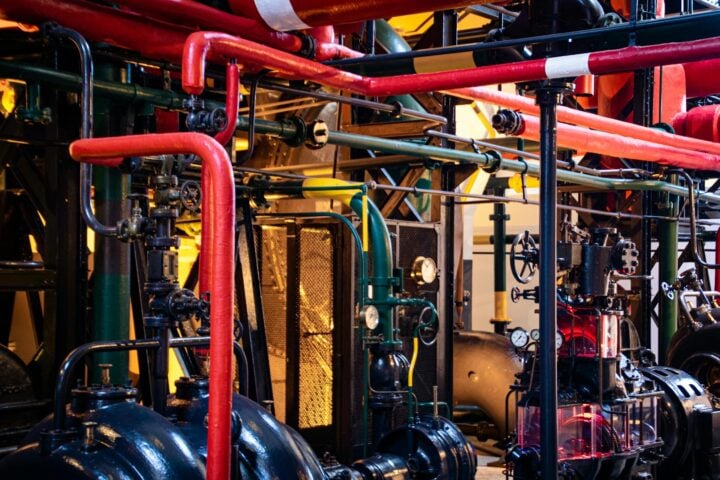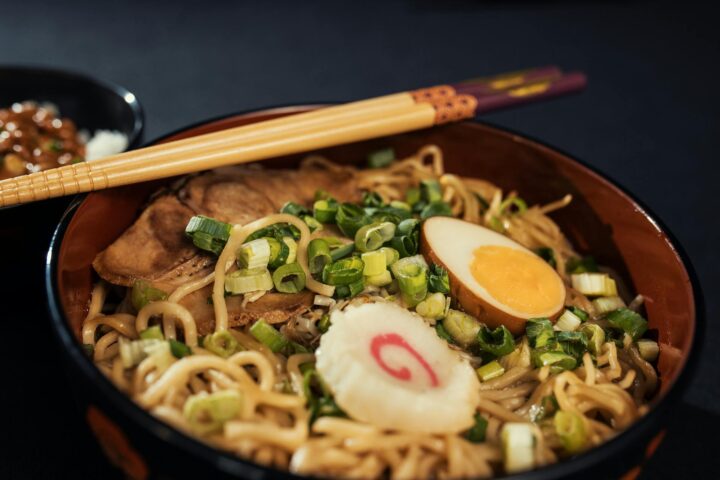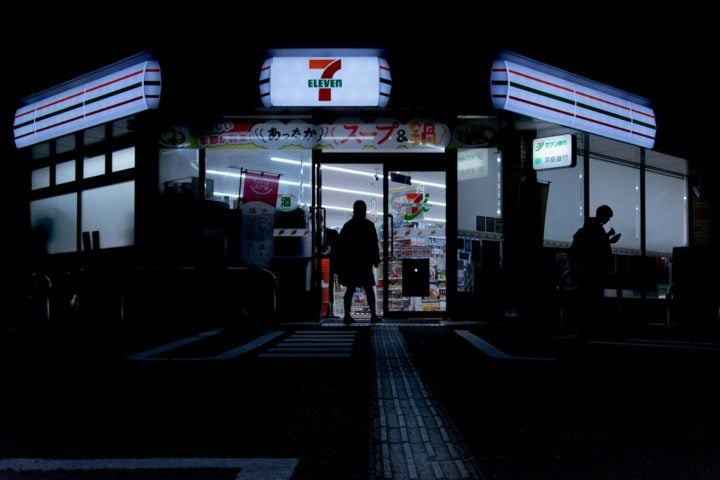The world’s obsession with matcha has officially outpaced its supply, triggering a global shortage that has left cafés rationing green powder, influencers scrambling for aesthetic alternatives, and one Tokyo café reportedly offering “air-whisked matcha foam” made entirely of memory.
From Zen Ritual to TikTok Commodity
Once revered as a meditative ritual rooted in centuries of Japanese tradition, matcha has become a global craze fueled by social media algorithms, celebrity wellness endorsements, and the belief that drinking something green makes you morally superior.
Demand has surged across the U.S., Europe, and Southeast Asia, with Kyoto’s tencha producers reporting up to 40% drops in harvest volume due to extreme weather, soil fatigue, and an aging labor force. One farmer in Uji told TTT, “We used to grow leaves for reflection. Now we grow them for reels.”
“We’re Not Out of Matcha. We’re Out of Meaning.”
At Camellia Tea Ceremony in Uji, customers are now limited to one tin per visit. A staff member, visibly exhausted and holding a clipboard labeled “Emotional Inventory,” told TTT: “We still have matcha. But we no longer have the bandwidth to explain what it is.”
Meanwhile, a café in San Francisco has raised its matcha prices by 60%, citing both supply issues and “existential inflation.” One customer reportedly paid $14 for a matcha latte and said, “It tasted like scarcity. I loved it.” Another café in Berlin now offers “matcha-inspired foam,” made from oat milk, chlorophyll, and ambient guilt.
Instagram Reacts: “Green Is the New Gone”
The shortage has triggered a wave of panic among content creators. Popular hashtags include #MatchaMeltdown, #GreenDustCrisis, and #CeremonialGradeVibesOnly. One influencer posted a photo of an empty matcha tin with the caption: “This is what authenticity looks like now.”
Another user claimed to have “matcha withdrawal,” describing symptoms as “loss of aesthetic direction, inability to caption brunch, and mild spiritual erosion.” Several accounts have begun posting “matcha memories,” photos of past lattes with captions like “Gone but steeped in spirit.”
Food Scientists Begin Work on Synthetic Matcha Substitute
In response to the global panic, food industry researchers have begun developing a synthetic green powder designed to mimic the color, texture, and vague emotional resonance of ceremonial-grade matcha. Early prototypes include a blend of spirulina, powdered kale, and “flavor-neutral chlorophyll,” suspended in a starch matrix described by one lab technician as “visually convincing but spiritually hollow.”
A spokesperson for the Institute of Culinary Simulation stated: “We’re not trying to replace matcha. We’re trying to replicate the feeling of having had matcha recently.”
Industry insiders predict that by 2026, most “matcha” served outside Japan may contain less than 5% actual tencha. One startup is reportedly developing a subscription-based matcha simulator app, which plays ambient tea whisking sounds while displaying a slowly rotating green sphere.
What’s Actually in Your Tin?
Following an editorial investigation, TTT has verified that a typical matcha tin now contains approximately 12 grams of powdered tencha—or tencha-adjacent material—alongside a QR code linking to a video of a leaf being gently admired by a silent monk.
The tin also includes a scent strip labeled “Wabisabi Echo No.2,” which smells faintly of moss and unresolved expectations. A printed disclaimer reads: “Ceremonial-grade status not guaranteed during global panic.”




